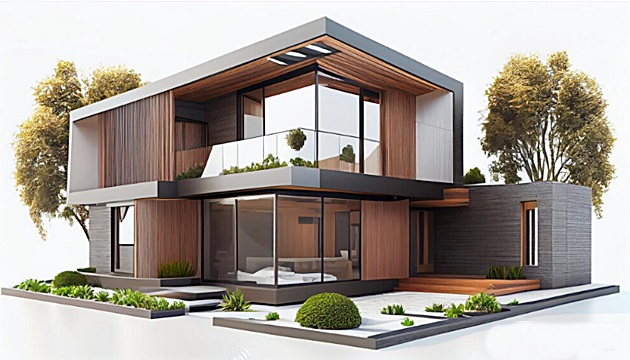771

A New Tool to Help Romanians Choose Quality Housing
Purchasing a home is one of the most important financial decisions in a person's life. To support this process, Raiffeisen Bank backs the initiative of the Romanian Order of Architects (O.A.R.) to develop a comprehensive tool for analyzing housing quality.
A first of its kind in Europe, the Resident’s Guide, launched by O.A.R. with support from Raiffeisen Bank, is designed for any type of apartment-style housing. With its help, Romanians can gain a clear understanding of how well their housing needs align with available market offerings.
The initiative combines both objective aspects of housing quality and the personal, emotional perspective on living spaces. Factors such as natural light, tranquility, presence of vegetation, and architectural elements significantly influence how people feel within a space.
The tool provides two essential components for choosing a home: a questionnaire and a guide.
The questionnaire helps to objectively and thoroughly assess three important areas: the current residence, the criteria for ideal living, and options for future home purchases.
While the questionnaire mainly targets apartments in buildings — where deficiencies are most common — it can also be used to evaluate individual homes, especially those in residential developments like neighborhoods or housing complexes.
The completion guide is an explanatory document following the structure and questions of the questionnaire. It offers a broader context to support well-informed decision-making based on individual needs and expectations.
The questionnaire was developed by Great People Inside, a company specialized in advanced studies and research in psychology and social sciences.
Both resources — the questionnaire and the guide — offer a comprehensive analysis of housing quality across three levels:
- Apartment living – Technical conditions of the residence, energy efficiency, accessibility, and the relationship between private and shared spaces.
- Neighborhood living – Urban infrastructure, public amenities, and social interactions within the immediate vicinity.
- District and city-level living – Integration of housing into the urban network, access to essential services, and the impact of residential developments on the built environment.
These perspectives help in understanding how housing contributes to quality of life and the overall functioning of cities. Moreover, they examine the economic and social context of living, highlighting current imbalances and possible solutions for improving access to quality housing.
The Resident’s Guide was created based on an extensive study on housing quality conducted by O.A.R. over two years (2021–2023), with the support of experts in various fields: architecture, urbanism, engineering, finance and banking, sociology, anthropology, landscape architecture, public administration, real estate sales, and development.




